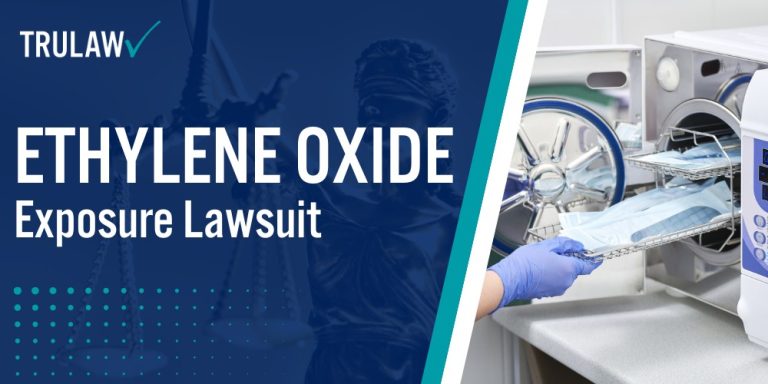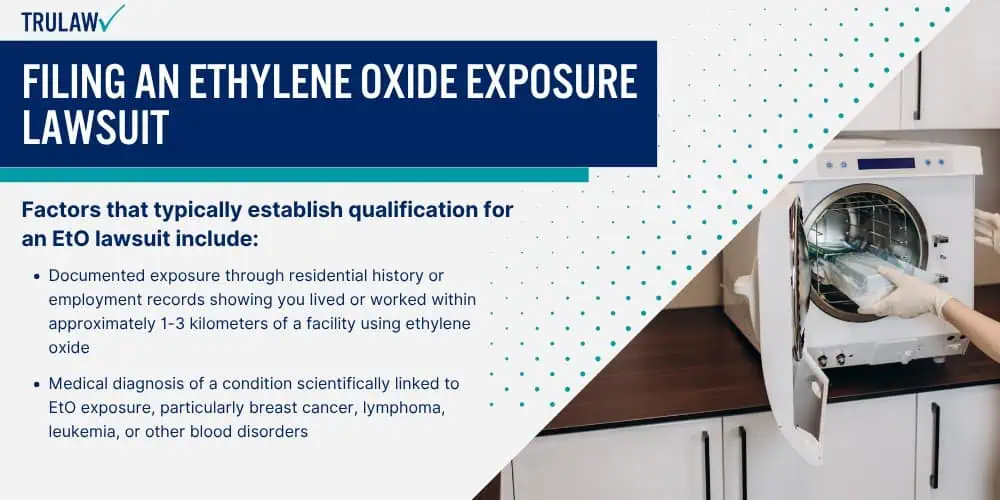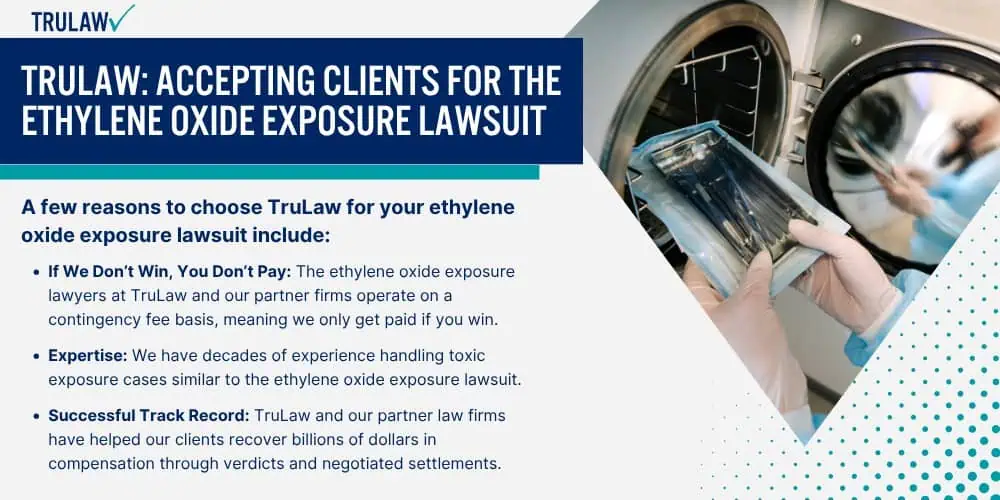Ethylene oxide (EtO) presents numerous health hazards to those who come into contact with this colorless gas used widely in industrial settings.
As a sterilizing agent for medical equipment and a component in various manufacturing processes, EtO exposure affects thousands of workers and nearby residents annually.

The health impacts vary based on exposure intensity, duration, and individual susceptibility factors, with both immediate and delayed effects documented through years of scientific research and workplace monitoring.
Common Health Problems Linked to Ethylene Oxide
When people encounter ethylene oxide, particularly at higher concentrations, their bodies often respond with noticeable symptoms that can appear within minutes to hours after exposure.
These reactions serve as warning signs of potential harm occurring at the cellular level.
Some of the most frequently observed health problems include:
- Irritation of the eyes, nose, throat, and lungs leading to burning sensations and breathing difficulties
- Headaches, dizziness, nausea, and fatigue that may persist for hours after exposure ends
- Skin irritation and potential burns when liquid EtO makes direct contact
- Vomiting and gastrointestinal distress following heavy exposure
- Nervous system effects including coordination problems and numbness in extremities
The severity of these reactions typically correlates with exposure concentration and duration.
While most symptoms resolve when the person moves away from the source of EtO, repeated short-term exposures may lead to more persistent health problems.
Healthcare workers, sterilization facility employees, and chemical plant workers face the highest risk of experiencing these acute effects due to their occupational proximity to this hazardous substance.
Long-term Health Effects from Industrial EtO Exposure
Prolonged contact with ethylene oxide at even low levels can trigger cellular changes that may eventually lead to serious illness years after initial exposure.
Research tracking workers in sterilization facilities has provided valuable information about these delayed health impacts.
The EPA classifies ethylene oxide as a known human carcinogen based on compelling evidence from multiple studies.
Workers exposed to EtO over extended periods show increased rates of blood and lymphatic system cancers, with lymphoma, leukemia, and multiple myeloma appearing at higher frequencies than in the general population.
For women, breast cancer risk also rises significantly, with one study finding a 60% increased risk of intraductal breast cancer among residents living within 3 kilometers of EtO facilities.
This finding expands concerns beyond workplace settings to include residential areas near industrial operations.
Beyond cancer, ethylene oxide exposure correlates with reproductive problems including increased miscarriage rates and potential birth defects due to EtO’s ability to damage genetic material.
Neurological issues such as memory impairment, motor skill deficits, and peripheral neuropathy have been documented in long-term exposed workers, sometimes persisting years after exposure ceases.
These findings have prompted stricter regulatory standards and increased monitoring of facilities using this chemical, though many experts argue current protections remain insufficient.






